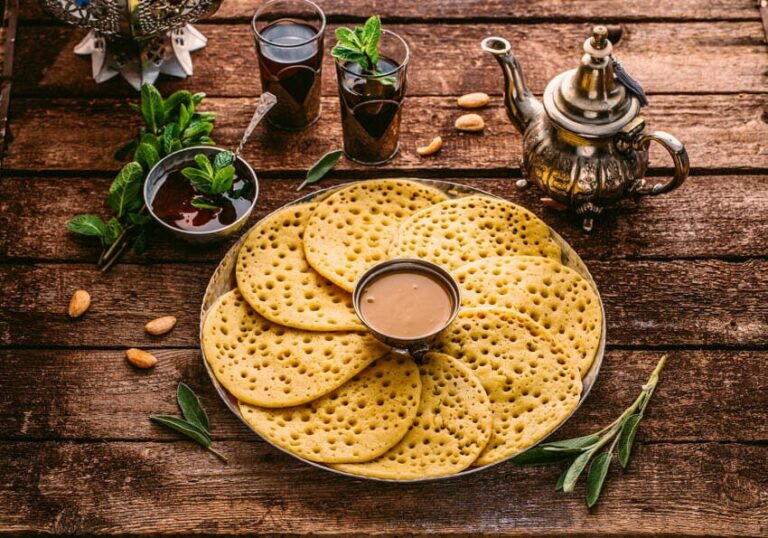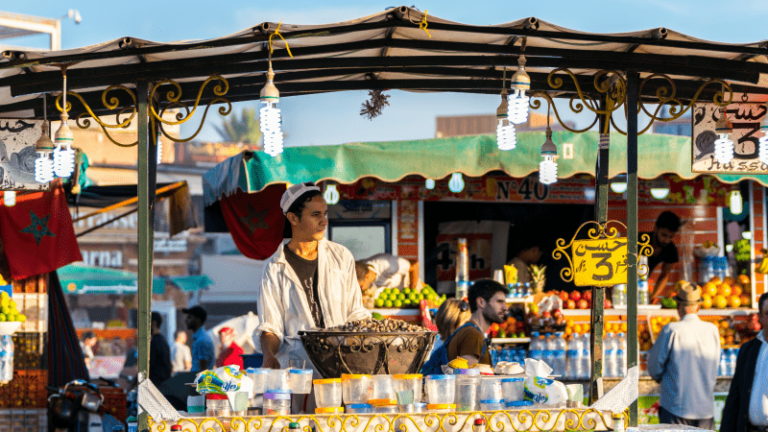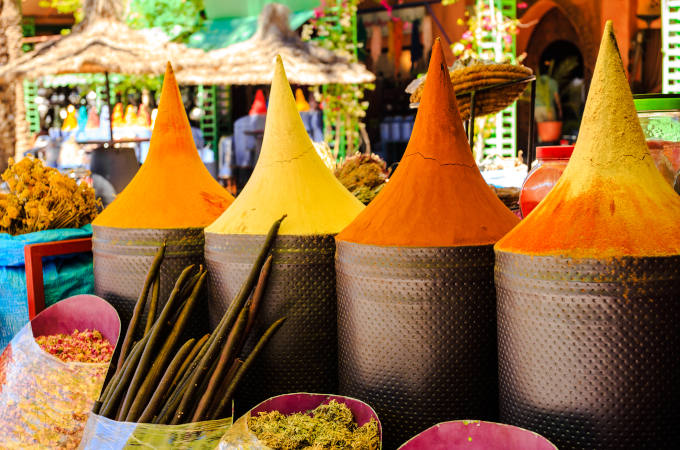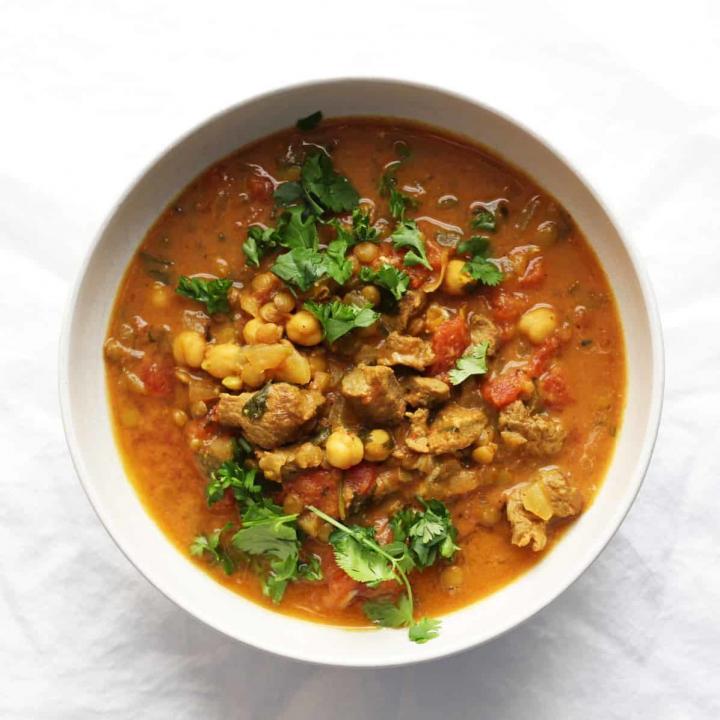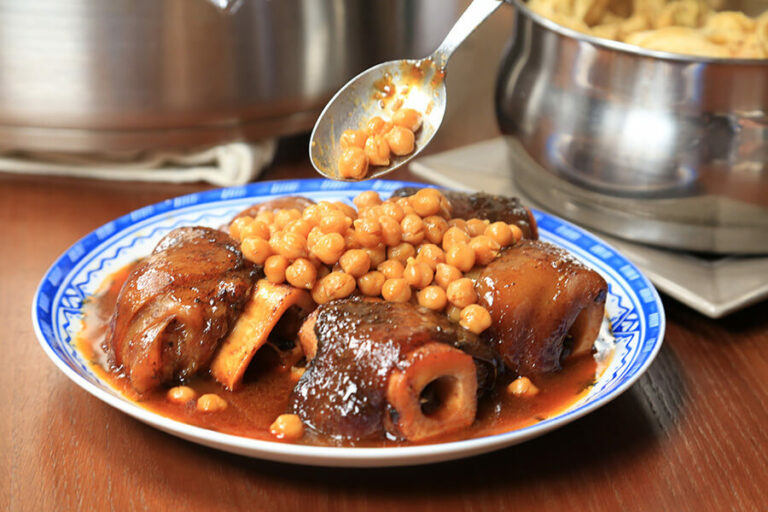Introduction: Moroccan Cuisine
Moroccan cuisine is a fusion of Berber, Arab, and Mediterranean influences, making it a unique and flavorful cuisine. The country’s cuisine showcases the use of spices, herbs, and aromatic ingredients, which give it a distinctive and exotic taste. Morocco is known for its diverse and rich cuisine, which is a reflection of the country’s history, culture, and geography.
Spices: The Heart of Moroccan Cuisine
Spices are the essential ingredients in Moroccan cuisine. The most common ones include cumin, coriander, saffron, ginger, paprika, and cinnamon. These spices are used in almost every Moroccan dish, giving them a warm and earthy flavor. Each spice has its unique taste and aroma, and the combination of these spices creates a perfect balance of flavors that is the hallmark of Moroccan cuisine.
Couscous: The National Dish of Morocco
Couscous is a traditional Moroccan dish that is served as a staple food. It is made of semolina wheat and steamed in a couscoussier, a special pot used for cooking couscous. It is usually served with meat or vegetables and can be served as a main course or a side dish. Couscous is a versatile dish and can be flavored with various spices and ingredients, making it a favorite of Moroccan cuisine.
Tajine: The Iconic Moroccan Stew
Tajine is another iconic dish of Moroccan cuisine. It is a slow-cooked stew that is named after the pot used to cook it. The tajine is made of earthenware and has a conical lid that allows the flavors to circulate. The dish typically includes meat, vegetables, and spices, which are cooked together for hours until the meat is tender and the flavors are well blended. Tajine is a hearty and flavorful dish that is perfect for cold winter evenings.
Harissa: The Fiery Red Chili Paste
Harissa is a fiery red chili paste that is used as a condiment in Moroccan cuisine. It is made of chili peppers, garlic, and spices, which are blended together to create a smoky and spicy paste. Harissa adds heat and flavor to Moroccan dishes and is often served alongside couscous or tajine. The paste is so popular that it is now used in many other cuisines around the world.
Mint Tea: The Traditional Moroccan Drink
Mint tea is the traditional drink of Morocco. It is a sweet and refreshing tea that is made of green tea leaves and fresh mint leaves. The tea is served in small glasses and is often poured from a height to create a frothy foam on top. Mint tea is a symbol of hospitality and is often served to guests as a sign of welcome. The tea is also believed to aid digestion and is served after meals.
In conclusion, Moroccan cuisine is a unique and delicious cuisine that showcases the flavors and ingredients of the country. Spices, couscous, tajine, harissa, and mint tea are some of the essential ingredients that make Moroccan cuisine so special. Moroccan cuisine is a reflection of the country’s rich history, culture, and geography, and is a must-try for food lovers.

